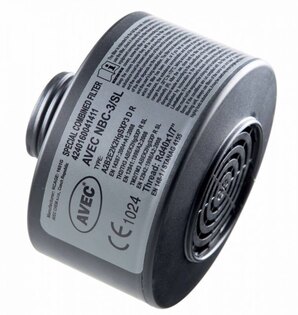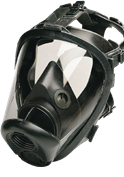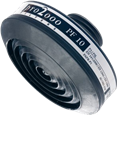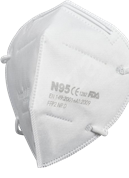Maybe you're still from the generation that put on gas masks at school as part of a civil defence exercise. Nowadays, many people think that such exercises are needed again. But modern masks are a different story...
Gas masks and other protective equipment are an important part of the equipment not only of members of special forces, but in some cases also of other employees of the armed forces and even civilians. We can adapt the choice of mask to potential risks - for example, whether we will be moving "only" in a dusty environment or in places where there is a risk of chemical leakage or smoke containing metal particles. Accordingly, we then choose a mask or filter with an appropriate level of protection.
Masks and half masks
Regarding gas masks specifically, here you have a choice between masks and half masks. The main difference between the two types is that the former also protects the wearer's eyesight. However, you can optionally combine the half mask with protective glasses. So it depends only on you, to what extent and in what way you want/need to protect your eyesight.
The advantage of both masks and half-masks is that they are often intended for repeated use and often have replaceable filters and an exhalation valve. If they comply with the relevant standards, they can be used not only for personal protection and in a tactical environment, but also in operations such as paint shops and laboratories, or even for working with chemicals.
Masks and accessories
For gas masks and half masks, we also have the aforementioned exchangeable filters available. Naturally, we have to adapt them both to their purpose and to the specific mask – not all masks are compatible with all filters. As for the purpose, it can generally be said that the filters protect their wearer from pollutants found in the air. Whether it is dust, smoke or fumes. For each filter, you will find the degree of efficiency and also an indication of whether it can be used repeatedly or not.
Another type of protective equipment that you can find in our assortment are masks and respirators, which we know well from the recent past. However, these tools are not only used to protect against the transmission of respiratory diseases, or viruses, but you can also use them for hobby work around the house or in the workshop, such as cutting, drilling or grinding, which risk potentially dangerous particles appearing in the air .
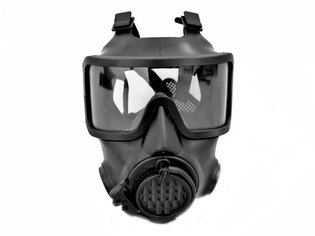
Avec® OM‑2020 full‑face gas mask
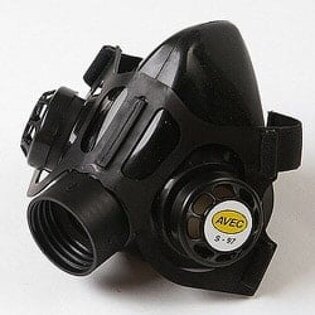
Avec® S‑97 Skelet protective half‑mask
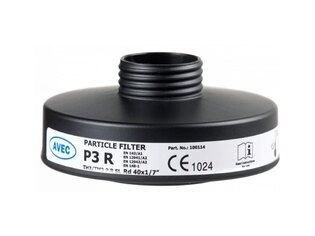
Protective filter P3 R particle Avec®
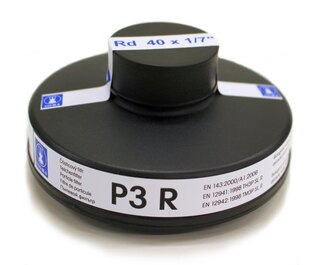
Particle combined filter P3 R
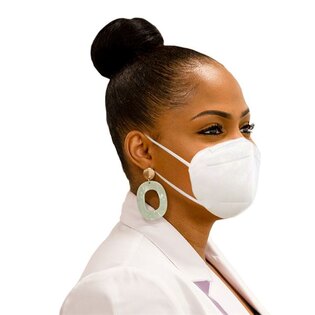
KN95 / FFP2 protective respirator
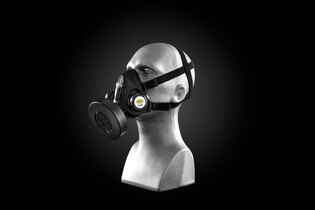
Avec® S‑97 protective half‑mask with rubber‑textile fastening
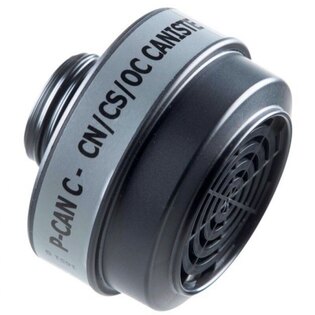
Protection filter P‑CAN Compact Avec®
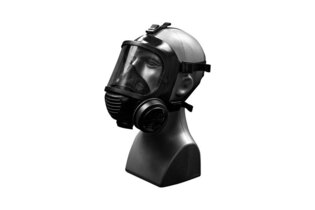
Full‑face gas mask CM‑6 M Avec®/ hydration system
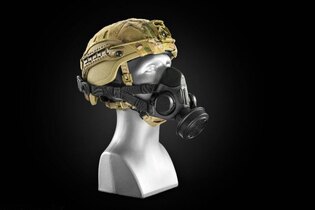
Avec® communication system / 3.5mm microphone
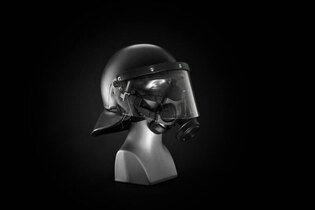
Avec® MSA helmet clamping system
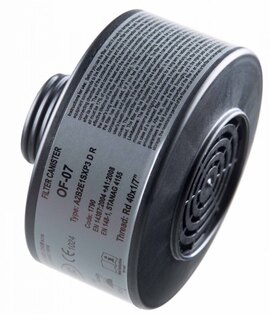
Protective filter OF‑7M Avec®
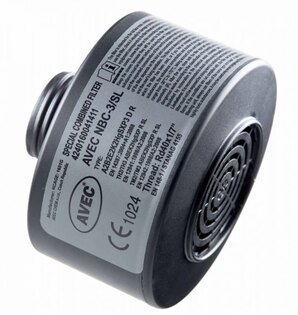
Avec® Protection filter NBC 3/SL
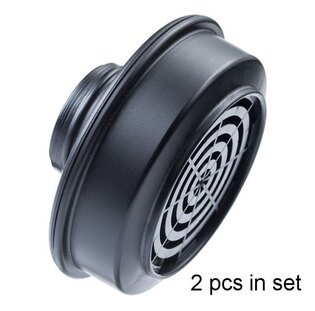
Avec® Set of exhalation filters P‑20‑E

Avec® mesh clamping system
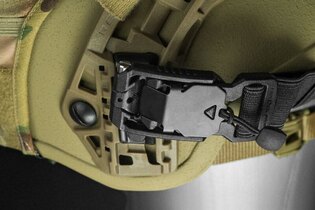
Avec® ARC helmet clamping system
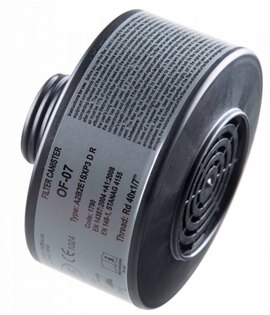
Protective filter OF‑7 Avec®
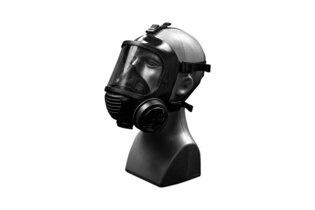
Full‑face gas mask CM‑6 Avec®
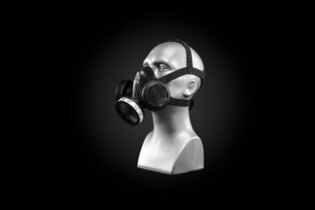
Protective half mask Avec® DAPR with exhalation filters
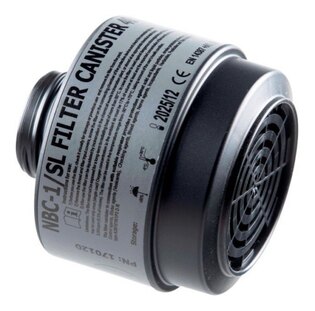
Protective filter NBC 1/SL Avec®
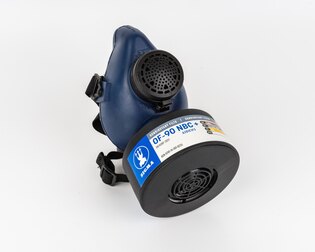
PM1® mask
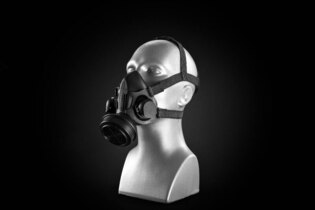
Avec® S‑97 protective half‑mask with head fastening system
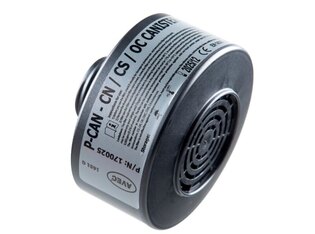
Protection filter P‑CAN Standard Avec®
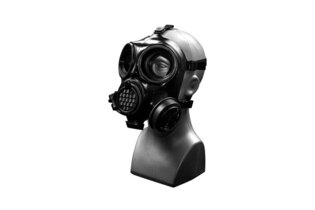
Full‑face military gas mask OM‑90 Avec®






































































































































